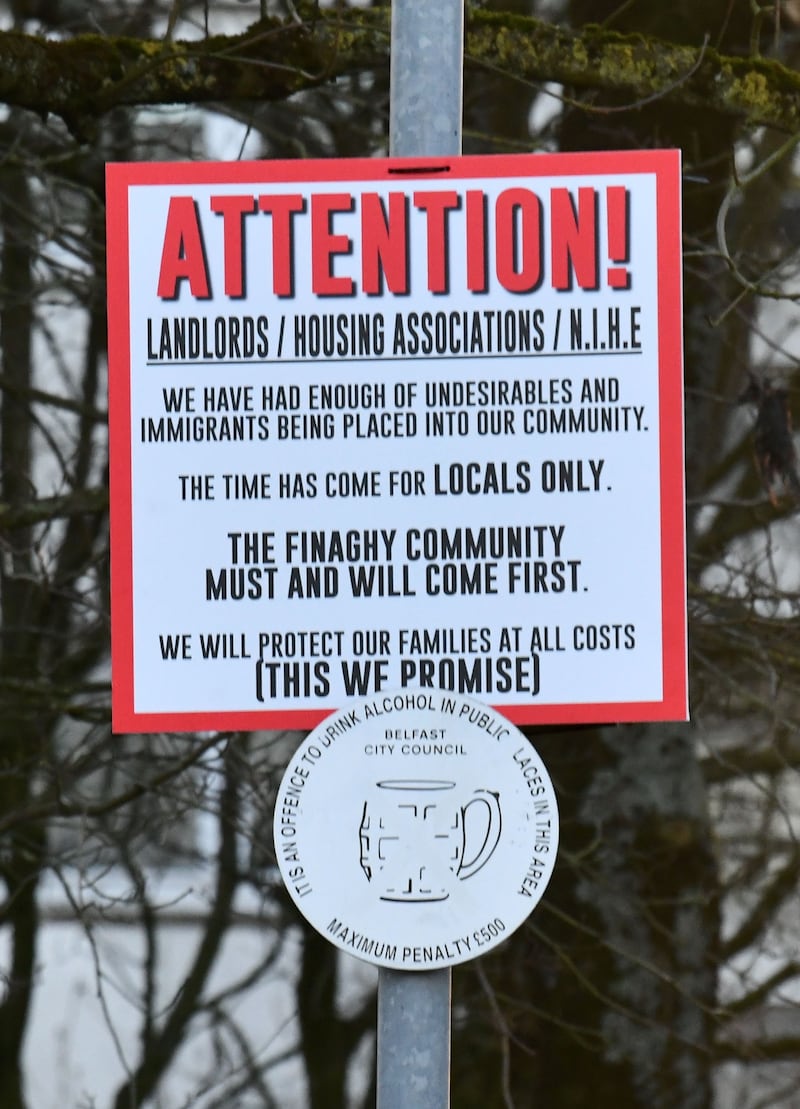Even this week as the media, print and electronic, reflected on last week’s race riots, newspapers and websites were still talking about “riots across the UK” or “riots throughout cities in Britain and Northern Ireland” or, from the geographically and politically illiterate, “riots across the UK and Northern Ireland”.
Well no, actually. There were race riots in English cities and some, but not all, loyalist districts of Belfast.
Hardly anyone has asked: why this geographical limitation? It wasn’t until August 11 that BBC Scotland produced a piece trying to explain “why Scotland avoided far-right unrest”.
As historian and broadcaster David Olusoga explained, “a knowledge of the long and ugly history” of race riots might have helped journalists and commentators to explain what many of them initially described as “protests”.
Disturbances fell squarely into the long tradition of English race riots and, as Olusoga says, whether it’s 1948, 1958 or now 2024, “they always have the same motivation – racism and nativism”.
Yes, the rioters attacked and tried to burn some hotels housing asylum seekers, but they attacked mosques and people in cars or on foot perceived to be Muslims. They wrecked and looted businesses owned by Muslims, some of whom were born in England, whose families had lived there for generations.

So did loyalist rioters in south and east Belfast. True, loyalists don’t have a monopoly of racism. There were incidents on the Falls Road and in Ballykelly, but these were exceptional and not riots.
What is the attraction of race riots for loyalists? The simple answer is the long association of loyalist terrorist groups, particularly the UDA, with neo-nazism, far-right English – note English – nationalism, and notions of racial supremacy.
Last week’s eruption didn’t come out of a clear blue sky. Who burnt the Muslim-run Belfast Multi-Cultural Centre in Donegall Pass – twice – in 2021 and 2022? Who erected posters threatening estate agents and landlords?

Remember, for some months now loyalists have been attacking with impunity migrants’ homes in Antrim. Not asylum seekers, but people who have been living and working here for years, whose children go to schools here.
And what symbolism was graffitied on walls apart from the usual misspelt slogans and “whites only” and “locals only”? Combat 18 and cross-hairs, that’s what. In case you don’t know, it’s a neo-nazi organisation. The 18 stands for the first and eighth letters of the alphabet, A and H, for Adolf Hitler.
Websites of groups like Patriotic Alternative, Britain First, Turning Point UK and those of conspiracy theorists and far-right activists, most notoriously Tommy Robinson, also attract loyalists.
However, don’t forget the language of some DUP politicians who were eager accomplices of the extremists in the European Research Group and some Conservative ministers who legitimised demonising Muslims and migrants in general.
- Working class protestant communities have been let down by their supposed leaders - Chris DonnellyOpens in new window
- Brian Feeney: Violence, the far-right and the power of social mediaOpens in new window
- Anti-immigrant hate-fest shows ignorance and stupidity know no borders – Mary KellyOpens in new window
Then there’s the extremist unionist TUV, formally linked to Nigel Farage’s Reform UK. Many people believe Reform’s racist language and stunts prepared the ground for last week’s riots. Farage was particularly condemned for his disingenuous post asking was the truth about the murders in Southport being withheld.
Attempts by rioters to justify or explain their actions in Belfast focussed on housing and the fiction that asylum seekers and migrants were getting priority in unionist districts.
The facts are that most people on the housing waiting list in Belfast are Catholic, 80% in north Belfast where the population is 50:50 Catholic and Protestant. Asylum seekers and migrants aren’t given preferential treatment.

A cluster of migrants living in south Belfast is there largely because of the nearby hospitals where they work. They couldn’t function without them. Belfast Health & Social Care Trust, the biggest in the UK, employs about 8,000 nurses in five hospitals. A thousand of them are from abroad. So are many doctors, cleaners and porters.
Contrary to loyalist bloggers who stupidly and maliciously claim the protocol allows a flood of asylum seekers to pour into the north, the protocol is about trade, not people.
Secondly, figures show recent net immigration into the north is 2,314. Apart from that there are 2,248 asylum seekers here: hardly ‘a flood’.
What this disconnect between facts and loyalist-promoted fiction shows is that unionist politicians have a lot of work to do.
Although, commendably for once, they condemned rioting, no rioters paid a blind bit of notice to them. Unionist politicians are demonstrably not community leaders.
They have abdicated that role to loyalist gangsters, in south Belfast and Antrim principally to UDA figures, allowing them to become ‘community leaders’.
Unionist politicians have thereby shamefully conspired in the immiseration of the communities that vote for them.










